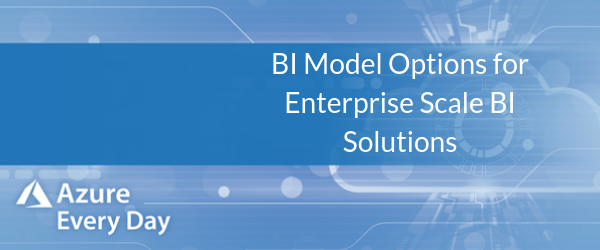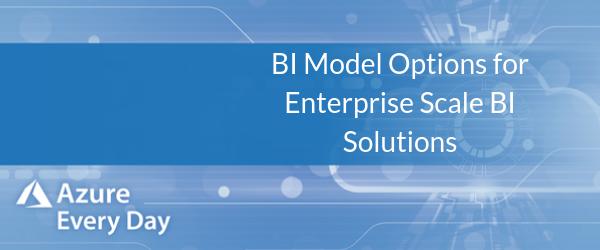Newsletter
Join our blog
Join other Azure, Power Platform and SQL Server pros by subscribing to our blog.


-1.png)
Start with the FREE community plan and get your lifetime access to 20+ courses. Get Instant Access Now!
Need help? Talk to an expert: (904) 638-5743
Private Training
Customized training to master new skills and grow your business.
On-Demand Learning
Beginner to advanced classes taught by Microsoft MVPs and Authors.
Bootcamps
In-depth boot camps take you from a novice to mastery in less than a week.
Season Learning Pass
Get access to our very best training offerings for successful up-skilling.
Stream Pro Plus
Combine On-Demand Learning platform with face-to-face Virtual Mentoring.
Certification Training
Prepare and ace your next certification with CertXP.
Private Training
Cheat Sheets
Quick references for when you need a little guidance.
Nerd Guides
Summaries developed in conjunction with our Learn with the Nerds sessions.
Downloads
Digital goodies - code samples, student files, and other must have files.
Blog
Stay up-to-date on all things Power BI, Power Apps, Microsoft 365 and Azure.
Community Discord Server
Start here for technology questions to get answers from the community.
Affiliate Program
Earn money by driving sales through the Pragmatic Works' Training Affiliate Program.
Reseller Partner
It's time to address your client's training needs.
Foundation
Learn how to get into IT with free training and mentorship.
Management Team
Discover the faces behind our success: Meet our dedicated team
Contact Us
How can we help? Connect with Our Team Today!
FAQs
Find all the information you’re looking for. We’re happy to help.

 In today’s post I’d like to talk about a hot topic for me and for many of my clients lately. This topic is about enterprise scale BI solutions—serious solutions involving Power BI.
In today’s post I’d like to talk about a hot topic for me and for many of my clients lately. This topic is about enterprise scale BI solutions—serious solutions involving Power BI.
Basically, we have 3 options in how to develop and deploy our data model: Power BI Desktop, Analysis Services on premises or Azure Analysis Services. Let me break these down.
1. Power BI Desktop – You can use this to develop the model and deploy to the Power BI Service. Developing models as we’ve always done here has some limitations but that feature set and those capabilities are being expanded very quickly.
2. Analysis Services on premises – We can use Analysis Services Tabular and if you’ve established Analysis Services multi-dimensional models, you can also use those. I, myself though, am not using multi-dimensional for new projects.
3. Azure Analysis Services – This is Analysis Services Tabular in the cloud. This is a great option with cost savings with hardware investment and licensing since you just pay for use.
Let me tell you why I’m considering using Power BI Desktop and the Power BI Service instead of using Analysis Services. Simple, that’s where the product team is putting a lot of their resources. Although it’s important to consider that you should have an appetite for new features and the rapid pace of design that Microsoft seems to be promoting lately.
If you’re ok with that, I would take a serious look at continuing to use Power BI Desktop and Power BI Service to implement your models. With this option we have incremental refresh, row level security and many other great features that are coming and evolving quickly.
On the other hand, if you want to slow down a bit and already have a cadence around developing Analysis Services, continue to use Visual Studio SSDT for your development. Then your choice will be whether to deploy on prem where you already have hardware or deploy to Azure Analysis Services.
So, try it out, do what works for you. It’s pretty inexpensive to get started and then do the math to figure out what a production implementation is going to look like. If you have any questions around this topic or anything Azure related, you’re in the right place. Click the link below or contact us – we’re here to help you every step of the way in your cloud and BI journey.

ABOUT THE AUTHOR
Free Trial
private training
Newsletter
Join other Azure, Power Platform and SQL Server pros by subscribing to our blog.


-1.png)
Leave a comment